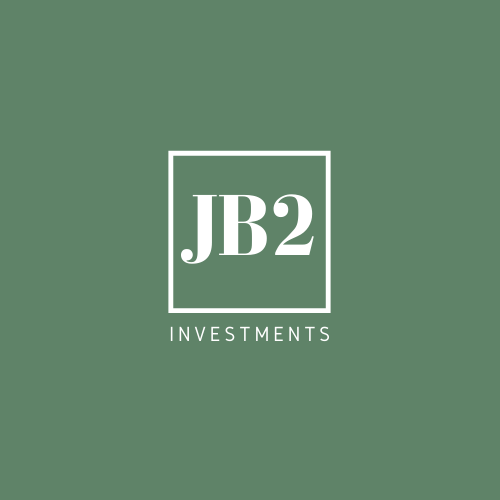Why Cash-on-Cash Return is King
The Cash-On-Cash return is merely the profit earned from the cash invested in a deal. To state it more simply, it is the cash we make from our money. The funny thing is most investment shops do not focus on this metric. They focus more on the IRR (Internal Rate of Return) or Annual Average Return. Since we invest in more stabilized assets, the average yearly cash-on-cash becomes a more important metric for the JB2 Investments team. During these high-interest times, it is vital to have a solid cash-on-cash return on day 1.
How to Calculate Cash-on-Cash Return
Cash-on-cash Return = Pre-Tax Free Cash Flow / Total Capital Invested
First, let’s dig into how we calculate cash-on-cash. The calculation is relatively straightforward. We start by calculating the net yearly income after vacancy, loss to lease, concessions, and bad debt. We subtract all annual expenses such as insurance, taxes, debt, maintenance, management fees, utilities, payroll, etc. Next, we take that available cash flow for distribution and divide it by the money invested. Finally, we model this out for the years of the investment and get an average yearly cash-on-cash return, a metric significant to the JB2 Investments team.
Why Cash-On-Cash is a Preferred Metric for Calculating Return
We prefer cash-on-cash because it’s one of the real estate industry's most understandable and straightforward metrics. We also need to make fewer assumptions than, for example, with IRR. We only have to assume that we will have modest rent increases to the current market rents and slightly less expense growth. These assumptions are always based on past conservative historical performance.
Regarding IRR, you must assume an exit price five years or more into the future. We all know how much can happen in even a couple of years. For example, did we ever expect the rapid rate run-up in the last couple of years? To assume an exit price years down the road is genuinely just an educated guess on what may happen in the future market. We like to be ready for the unexpected. The IRR is a better measurement when pursuing heavy value-add deals. By doing the heavy lift, you drive the rents up more significantly. This method pushes values up quickly, and IRR(Time is a significant factor in this formula) is thus a better measurement for heavy lifts.
JB2 Investments Current Strategy - Slow and Steady
Since the pandemic's start, the deals we have been focusing on have been stable assets with cash flow from day one. This is a prudent way to invest based on where we are in the buying cycle.
Over this same period, we have seen that our value-add has been operational efficiencies (better record-keeping, new systems, marketing, etc.), expense reductions, and modest rent bumps.
We subscribe to the model that slow and steady wins the race. This is why the average yearly cash-on-cash metric most effectively affects these cash flow plays. We feel it’s the most realistic way to assess our investments' performance annually while keeping track of the rolling average cash-on-cash through the years.
The stable asset model also mitigates several risks of large construction projects. We still do measure the IRR, but to us, it has less weight overall. We also tend to give a range when it comes to IRR. Since we hope to keep assets longer than the forecasted hold time, the IRR tends to be irrelevant. We will hold longer than the projected hold time if we can cash out refi most of the capital back to investors.
We will do a heavy-value add deal if the price is right. Most likely, that would be a smaller deal to mitigate the size of the construction project. Likely, with a project like this, it could make sense to do an all-cash deal at today's debt cost. Then at a later point in the future, when hopefully the debt markets have stabilized, refi capital back to investors.
Wrapping it Up – Why Cash-on-Cash is the Winner
Ultimately, we know some groups that throw the IRR function out completely. At JB2 Investments, we calculate IRR as another reference point to help ensure we're correctly assessing our deals.
The cash-on-cash, in conclusion, is the winner for us. We have cash flow goals we are trying to reach. Knowing the cash-on-cash return and the numbers behind them helps us quickly understand our trajectory toward those goals. It also allows our investors to achieve their goals and wishes without confusion. With cash-on-cash as a critical metric, we all realize a clear, concise, and straightforward way to evaluate a project's success thus far and into the future.

